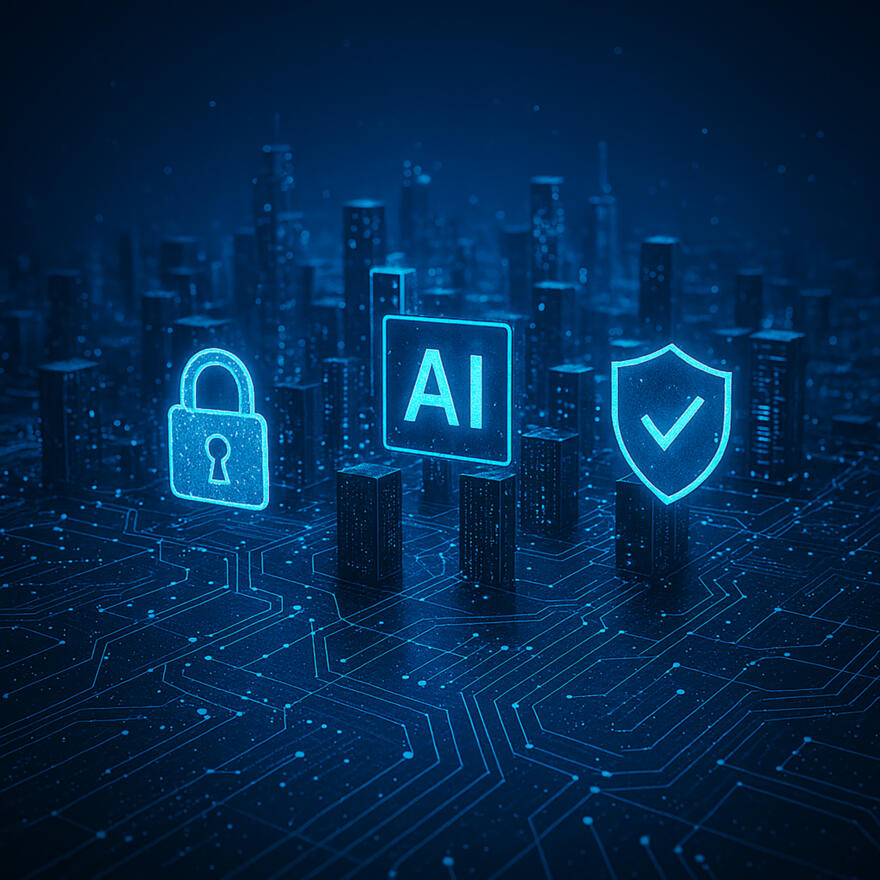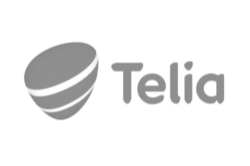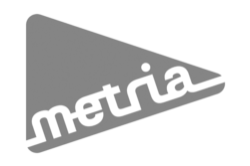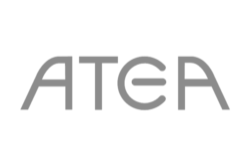Build a Stronger Organization with GRC

What Is GRC, and Why Is It Crucial for Your Organization?
In a world where digitalization and threat landscapes evolve rapidly, a strong strategy for Governance, Risk, and Compliance (GRC) is no longer optional, it’s essential. GRC is about steering the organization toward its goals, managing uncertainties, and ensuring compliance with laws and regulations. It forms the foundation for sustainable growth, trust, and business resilience.
The Three Pillars of GRC
- Governance: Establishes clear structures, roles, and decision-making processes that guide the organization toward its objectives.
- Risk Management: Proactively identifies and manages risks to minimize negative events.
- Compliance: Ensures the organization adheres to laws, industry standards, and internal policies.
Why Invest in GRC?
A well-functioning GRC strategy provides:
- Better decision-making through increased visibility into risks and compliance.
- More efficient processes by reducing duplication and improving coordination.
- Lower risk of incidents, fines, and reputational damage.
- Enhanced business resilience through the ability to quickly adapt to new threats and opportunities.
GRC in Transition – From Reactive to Proactive
Modern GRC programs are no longer just about avoiding what’s bad, they’re about actively defining and maintaining what’s good. This requires:
- Training and incident simulations to strengthen the organization’s ability to adapt quickly during changes and crises.
- Organizational agility within GRC, enabling rapid identification and management of new risks and regulatory requirements, while governance and decision-making become more proactive and business-driven.
- Technological solutions that provide real-time insights and centralized control.
- Business acumen among security leaders to demonstrate clear return on investment.
AI’s Dual Role in GRC
GRC challenges are evolving alongside AI development. AI plays a dual role, creating both new threats and new opportunities.
AI as a Threat
AI-generated content is becoming increasingly sophisticated, making it harder to distinguish between real and fake. Cybercriminals can use AI to mass-produce realistic fraud attempts and automatically search for system vulnerabilities.
AI as a Tool
At the same time, AI can strengthen GRC efforts. It can automate compliance tasks, analyze large volumes of data to detect anomalies and fraud, and support proactive risk management by predicting where problems may arise.
A Strategic Perspective
Success requires a GRC strategy that views security investments as strategic assets rather than mere costs. Companies that integrate AI into their GRC strategy can not only defend against emerging threats but also build a more resilient and efficient organization.







